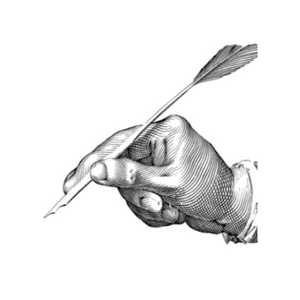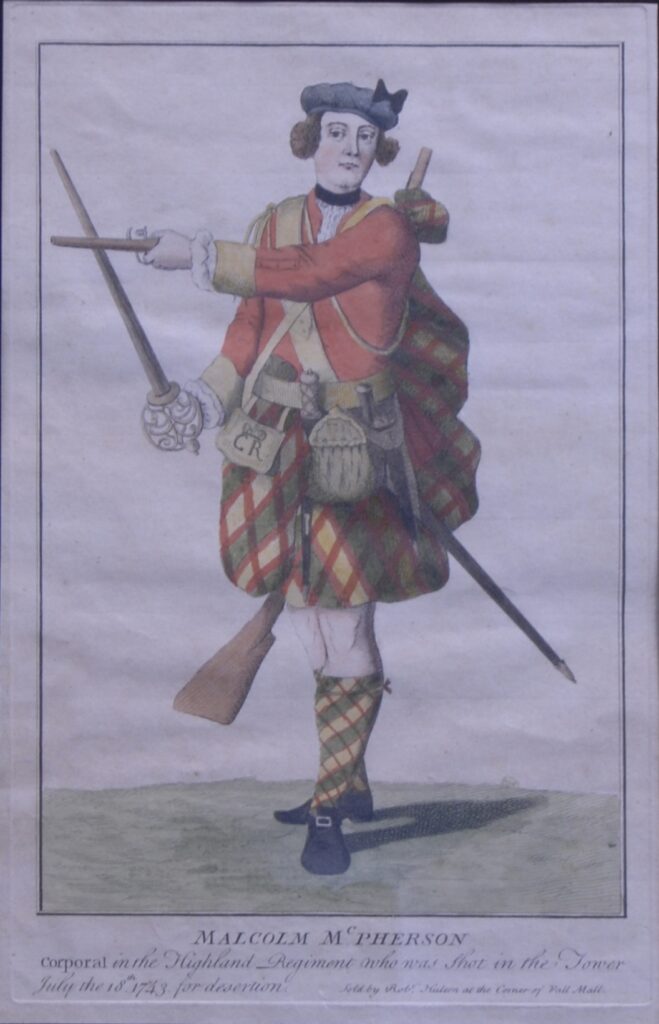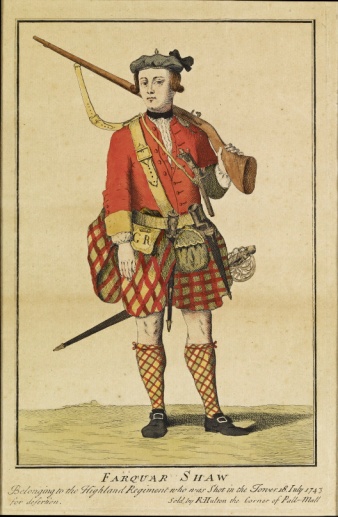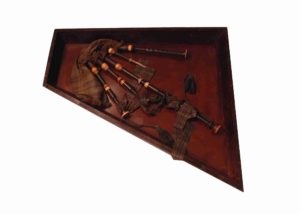Major-General David Stewart of Garth
Just before heading up the stairs to Gallery 4 visitors will see the painting of someone who, on first glance, might not look like a
Home » Blog » Black Watch History » Mutiny in the Ranks


The history of The Black Watch is brimming with stories of bravery; from Fontenoy to The Battle of Alma through to the Chindits in World War 2. Despite this their early years included a moment of controversy. For some this was a misunderstanding caused by a regiment that did not comprehend its new role but for others it was nothing short of mutiny – a strong accusation to throw at any group of soldiers.
The Black Watch had been an Independent Company since 1725, a Government authorised type of militia that policed the Highlands. In May 1740, as a response to fighting in Europe, this changed. The Black Watch mustered for the first time near Aberfeldy to become an official Regiment of the British Army. A few years later, in 1743, they were ordered to march to London for a Royal Review by King George II however the Regiment were instead inspected on 14th May 1743 by Field-Marshall Wade instead. Rumours began to circulate that they were about to be sent to the West Indies – a long way from home and in the eighteenth century it was a region associated with death and disease.
On the night of the 17th May, 139 soldiers decided to return to Scotland. The prints of the soldiers display them very colourfully and there is definite artistic licence. While it is unlikely the artist had seen one of the Highland soldiers it is clear that with their Gaelic language, kilts and large number they would have stood out in eighteenth century London! They were quickly apprehended and forced to return to the capital before being court-martialled and condemned to death.
It has long been argued whether the soldiers really knew what was expected of them as a Regiment. Stuart of Garth, who had his book on the regimental history published in 1822, claims the men only saw becoming a Regiment as changing the title from that of an Independent Company and also changing their officers. They never thought they would be expected to serve outside the Highlands. Authorities, however, argued that the Highlanders should have realised that, as a Regiment, they would be expected to serve overseas.
In the end three men out of the 139 were executed; Corporals Samuel Macpherson, Malcolm Macpherson and Private Farquhar Shaw. The rest were sent to other regiments serving abroad. The two executed Corporals had been from respected families in the Parish of Laggan. Samuel and Malcolm’s execution probably played a part in their families’ decision to support the Jacobite uprising of 1745. Private Farquhar Shaw was said to have been the best shot in the Regiment and was made an example of. If you visit Aberfeldy today you find, on the banks of the river Tay, The Black Watch Monument. It was unveiled in 1887 and standing on top of it is a Black Watch figure – a representation of Private Farquhar Shaw.



In 2006, a plaque was installed in the Tower of London to commemorate the 10 individuals who had been executed within it. The list contains the names of Anne Boleyn and Catherine Howard, two of Henry VIII’s wives. Also on that list are Corporals Samuel MacPherson, Malcolm MacPherson and Private Farquhar Shaw.
Just before heading up the stairs to Gallery 4 visitors will see the painting of someone who, on first glance, might not look like a

Rosie Waine is the William Grant Foundation Research Fellow at the National Museum of Scotland. Here she writes how the Black Watch Museum & Castle
The Black Watch Museum archive holds a considerable quantity of primary source material relating to the Battle of Loos, 24th September 1915. This event has
Subscribe to Our Newsletter
© The Black Watch Castle and Museum
The Black Watch Regimental Trust is a charitable company registered in Scotland | Charity No: SC005848
